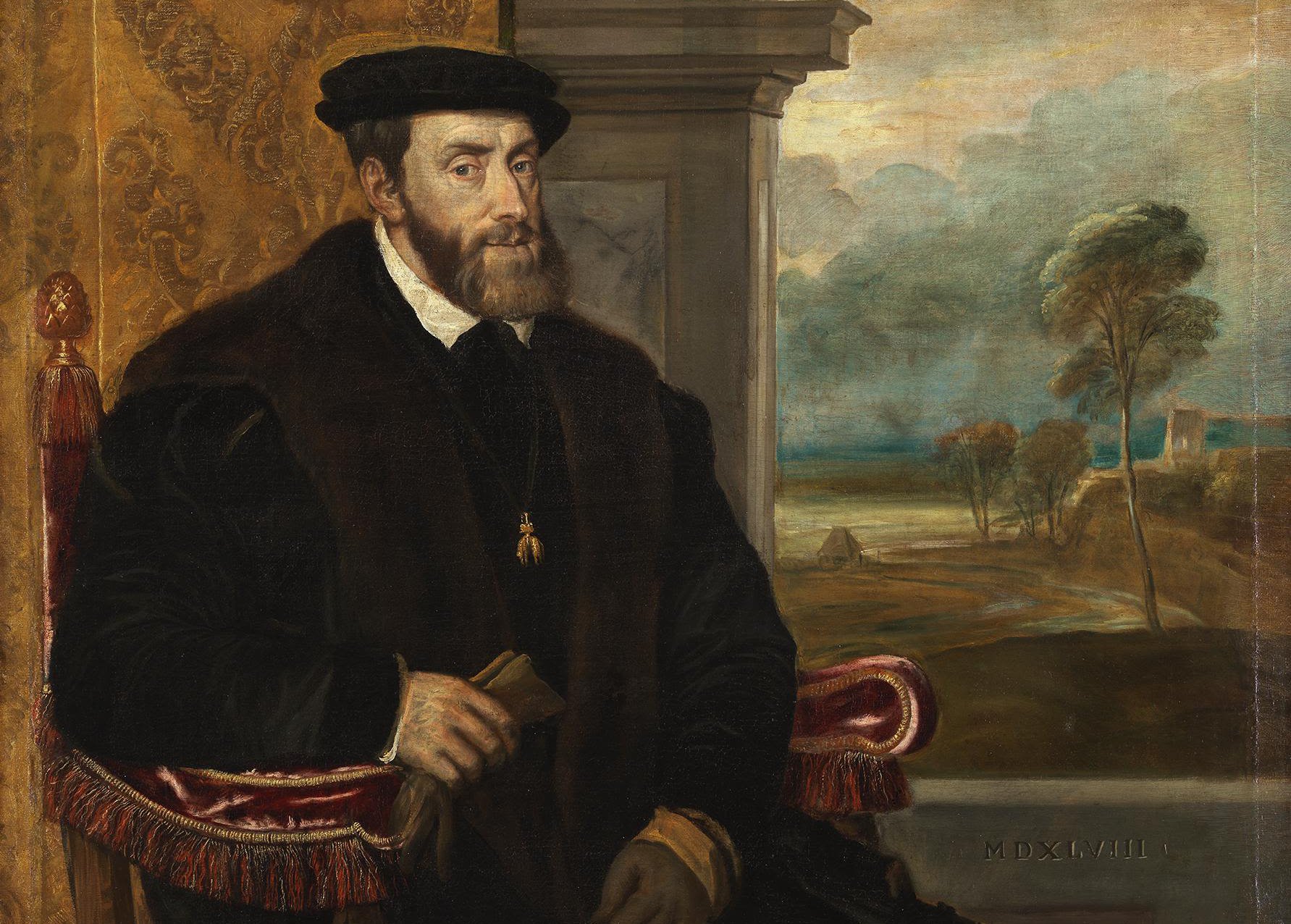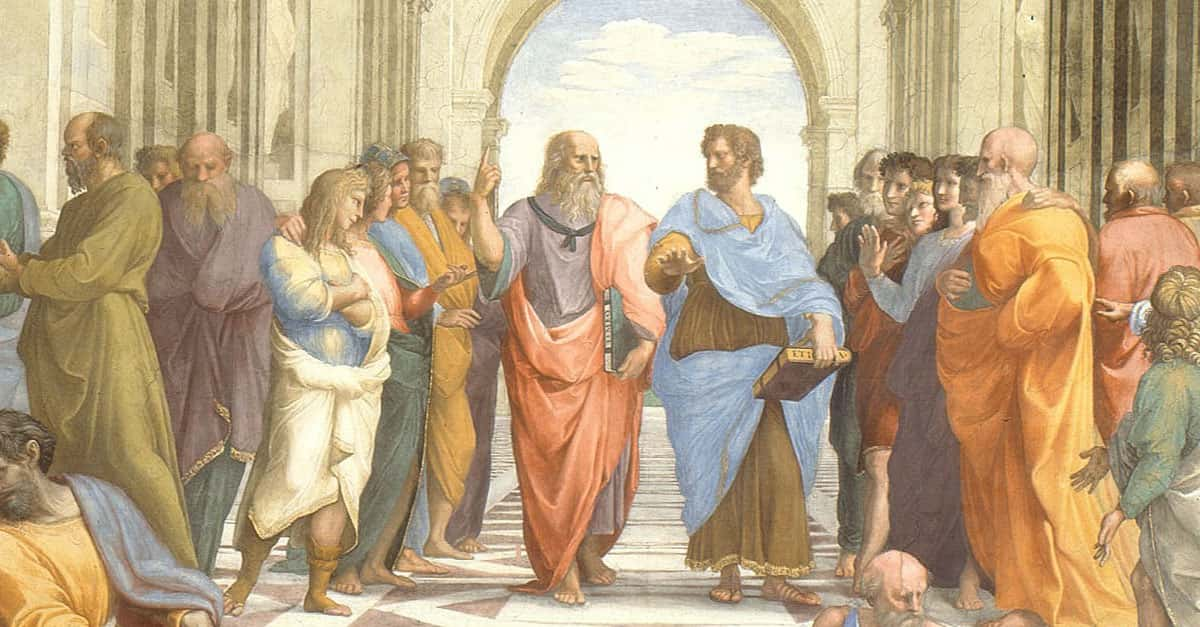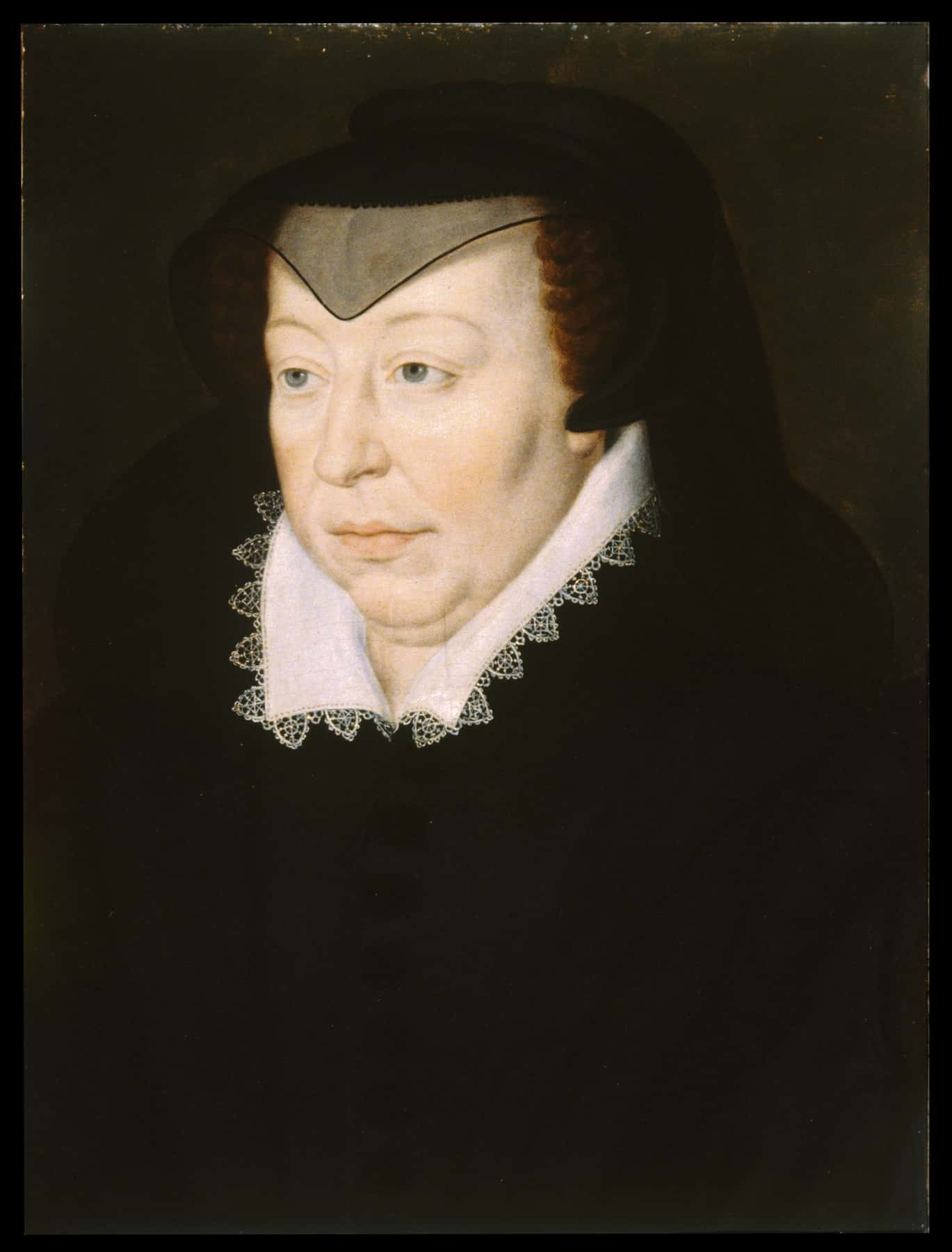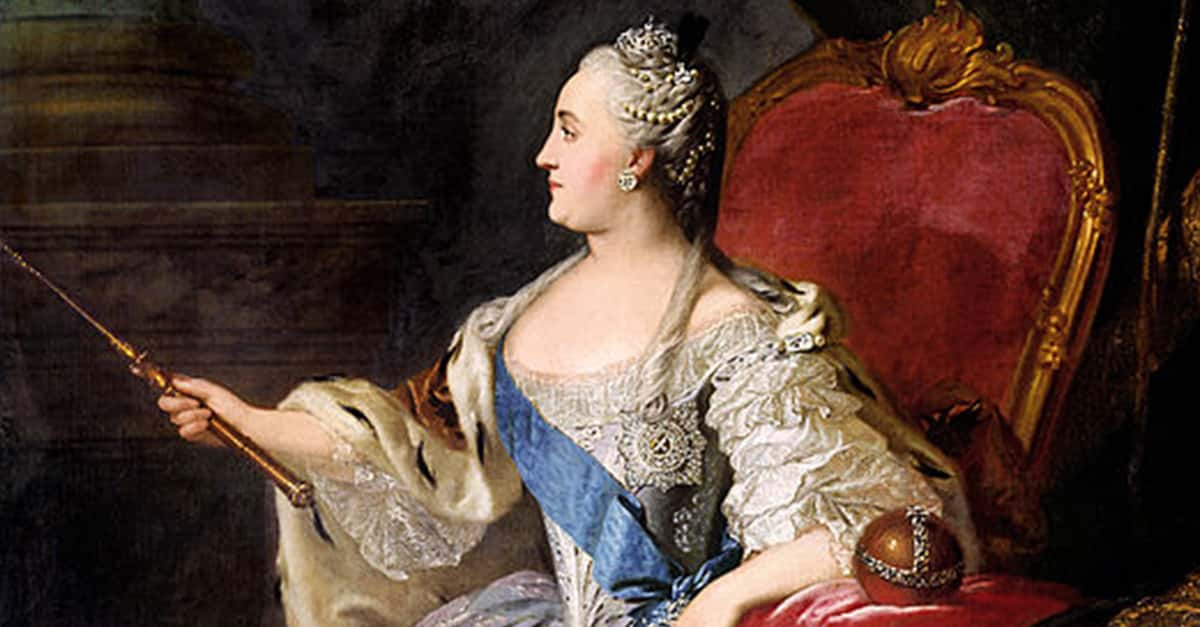The Sack of Rome in 1527 was one of the most traumatic events in the ancient city’s history, marking a brutal collapse of Renaissance stability and shattering the prestige of the Vatican. The sack by mutinous troops of Charles V, Holy Roman Emperor devastated Rome physically, spiritually, and culturally. It wasn’t just the destruction of a city, but a symbolic implosion of European Christendom’s center of power.
Chaos In Italy
By the early 16th century Italy was a chaotic battleground between France and the Holy Roman Empire. Pope Clement VII, caught in the power struggle, initially allied with France against Charles V. This decision enraged the Emperor, who saw Clement’s move as a betrayal. The complex web of alliances set the stage for disaster, as Rome found itself in the Empire's crosshairs.
A Mutiny With Terrible Consequences
Charles V didn’t explicitly order the sack. Instead, his unpaid army of German Landsknechts, Spanish soldiers, and Italian mercenaries mutinied and marched on Rome under the Duke of Bourbon. They were hungry, angry, and desperate for loot. When Bourbon was cut down in the assault on the city’s walls, discipline collapsed, followed by a descent into lawlessness and horror that shocked Europe.
A City Laid Waste
On May 6, 1527, Rome fell. The once-great city, filled with Renaissance art, architecture, and learning, was ravaged. Churches were defiled, priests slain, and nuns violated. Soldiers looted homes, palaces, and even tombs. The violence was indiscriminate. Over the course of several days, thousands were slaughtered, and survivors were often tortured for information or ransoms. Rome became a ghost town haunted by corpses and smoke.
The Pope Was A Prisoner
Pope Clement VII barely escaped capture. He fled to Castel Sant’Angelo via a secret corridor connecting the Vatican to the fortress. Though he survived, he was effectively imprisoned by imperial forces for months. This humiliating episode ruined the Pontiff’s authority. His power was reduced to that of a fugitive in his own city, and the prestige of the papacy was irreparably damaged.
The End Of The High Renaissance
The sack marked a decisive end to the flourishing cultural period known as the High Renaissance. Rome had been the epicenter of artistic achievement, home to Michelangelo, Raphael, and Bramante. After 1527, many artists and scholars fled the city, taking their talents with them. Patronage collapsed, workshops closed, and the Vatican’s ability to commission new works faded. The culture of Rome was eclipsed almost overnight.
Religious And Political Shockwaves
The impact of the sack echoed throughout Europe. That Christian troops could lay waste to the holy capital created a crisis of faith. Protestant reformers used the event as proof of the Papacy’s corruption and divine judgment. Catholics were demoralized. Politically, it marked a shift in power: the Pope was no longer an independent player but increasingly subordinate to the will of secular rulers.
Economic And Demographic Devastation
The destruction of the city caused long-term economic ruin. Rome’s population plunged from 55,000 to barely 10,000 in the aftermath. Homes, businesses, and public buildings were in ruins. Trade vanished. Religious pilgrimages that once brought money and prestige came to a halt. It took generations for Rome to recover even a fraction of its former prosperity and population.
A Turning Point In Italian History
The Sack of Rome meant the end of Italy’s independence in European politics. From then on, foreign powers would dominate the peninsula. The event foreshadowed centuries of outside control and internal fragmentation. Italy’s golden age of city-states, patronage, and cultural pride was replaced by the grim reality of foreign occupation and diminished sovereignty.
Legacy Of The Tragedy
Today the Sack of 1527 is remembered for its mindless brutality, and for the era it brought to a close. It showed the unpredictability of politics, and the ease with which civilization can descend into barbarism. It was a calamity that scarred Rome and Europe for generations, consuming the Renaissance dream in fire, blood, and rubble.
You May Also Like:
Fierce Facts About Caterina Sforza, The Tigress Of The Renaissance
Facts About Priceless Works Of Art















